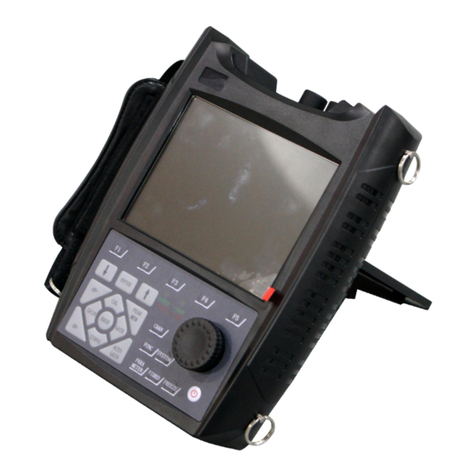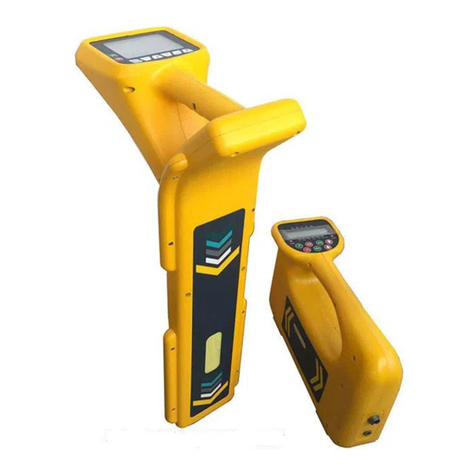
Part 1. Overview
Nowdays, the core problem of electric power system DC power supply's
ground-fault trouble shooting is that the interference is big on the site. The
measure result under different DC power supply and different working condition
is poor anti-jamming which leads to misdetect and misjudgement. This is the
biggest drawback and the most common phenomenon of this series of product.
However our product successfully resolved the interference problem so that we
can have a foothold on the market. HZGZ-IV portable DC ground-fault locator
(split type) adopts the technology of sine signal phase advance and data transfer
algorithm. It’s portable and it offers an online performance. The instrument has a
characteristic of high detection sensitivity, strong anti-jamming capability, small
volume, light weight and it’s easy to use. When seeking DC system ground-fault,
you don't need to break the power to locate the grounding point. The instrument
can detect DC system's grounding resistance and its grounding direction, which
makes it a reliable and high accuracy instrument for electric power system's
ground-fault searching and locating.
Part 2. Main features of the instrument
1. The instrument is consist of analyzer and ground-fault locator, the
analyzer (which can be used to detect bus-bar grounding resistance) can access
to the power from bus-bar directly and it doesn't have to access AC power
system or battery, so it’s more convenient.
2. 110V/ 220V DC system share the same DC grounding detector.
































